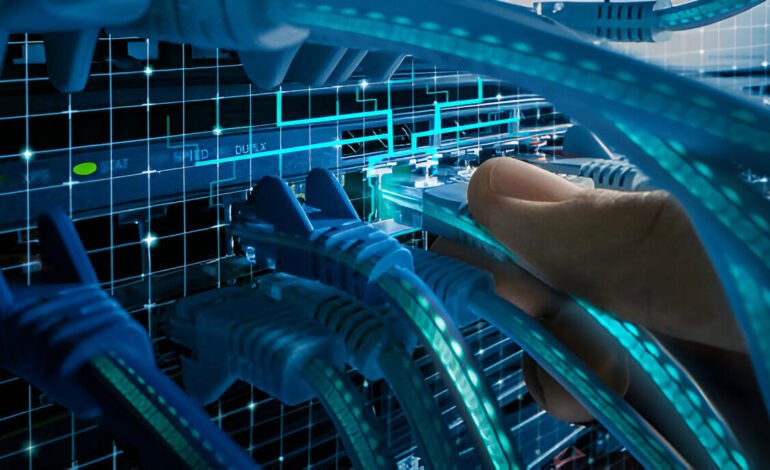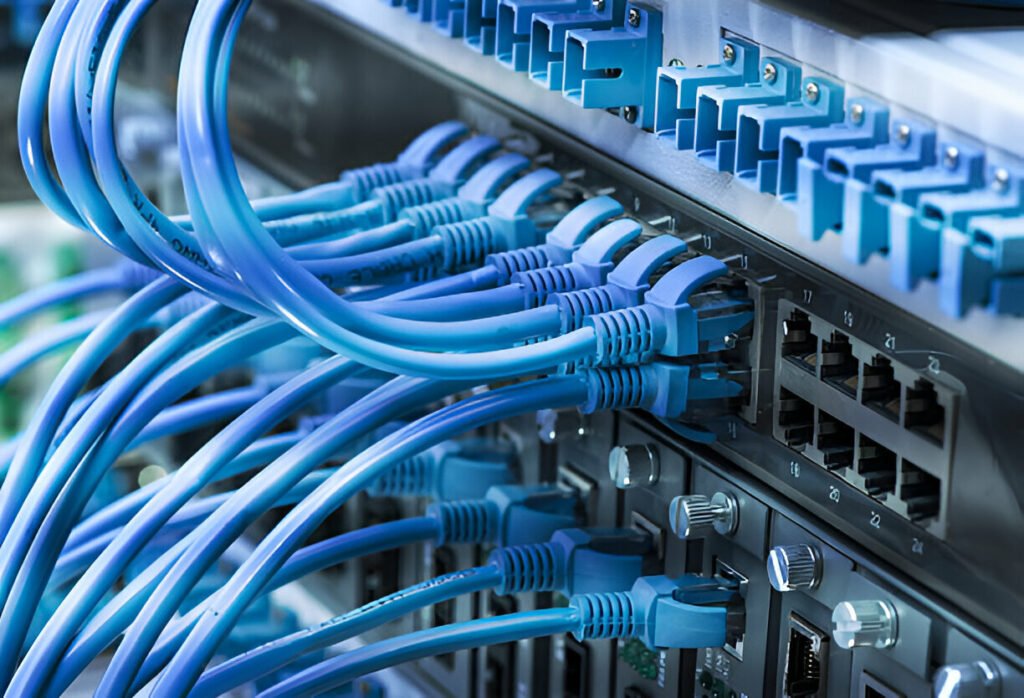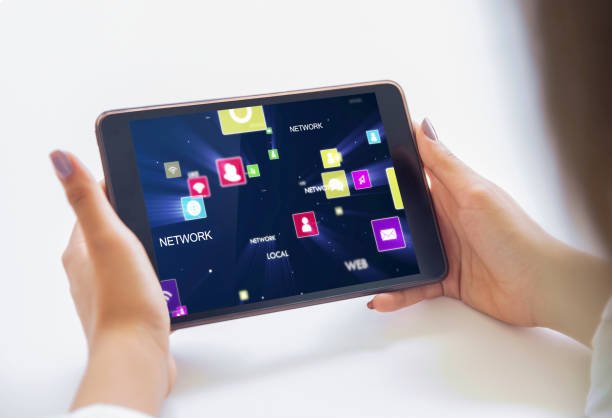
Types of Computer Connections You Should Know About
Computers play an essential role in our daily lives, whether we’re working, studying, or just having fun. Have you ever wondered how these machines connect to each other and the internet? Understanding the different types of computer connections can help you make better decisions about your technology and improve your overall experience. Let’s dive into the various types of connections you should know about!
Wired Connections
Wired connections work like the roads that connect cities. They provide a stable and direct path for data to travel from one device to another. Here are some of the most common wired connections.
USB
Universal Serial Bus (USB) connects various devices like keyboards, mice, printers, and external storage. USB ports come in different versions, such as USB 2.0, USB 3.0, and USB-C, each with its own speed and functionality.
HDMI
High-Definition Multimedia Interface (HDMI) transmits high-definition video and audio between devices like computers, monitors, TVs, and gaming consoles. HDMI cables ensure you get the best quality video and sound without any loss.
VGA
Video Graphics Array (VGA) connects computers to monitors. Although HDMI and DisplayPort have largely replaced it, VGA is still found in many older devices and offers decent video quality.
Wireless Connections
Wireless connections act like invisible bridges connecting devices without physical cables. They offer convenience and flexibility, making them popular for everyday use.
Bluetooth
Bluetooth connects devices like smartphones, headphones, and keyboards over short distances. It’s perfect for tasks that don’t require a lot of data, such as streaming music or transferring files between devices.
Infrared
Infrared (IR) technology communicates between devices like remote controls and some smartphones over short distances. IR requires a direct line of sight between devices, which can be a limitation compared to other wireless technologies.
NFC (Near Field Communication)
NFC allows very short-range communication, typically within a few centimeters. It’s commonly used for contactless payments and transferring data between devices by simply tapping them together.
Cellular
Cellular connections enable mobile phones and tablets to connect to the internet using cell towers. This type of connection allows for internet access on the go, making it essential for mobile connectivity.
Advantages and Disadvantages of Wired and Wireless Connections
Wired and wireless connections each have their pros and cons. Wired connections generally offer more stability and speed, but they limit mobility and can be cumbersome due to the physical cables. Wireless connections offer greater flexibility and convenience but can suffer from interference and distance from the source.

Choosing the Right Connection
Consider your needs when choosing the right connection techwelo. If you need a stable and fast connection for gaming or streaming, opt for a wired connection like Ethernet techwelo. If you value mobility and convenience, a wireless connection like Wi-Fi or Bluetooth might suit you better.
Conclusion
Understanding the different types of computer connections helps you make informed decisions about your technology. Whether you prefer the stability of wired connections or the convenience of wireless, there’s a solution for everyone. Stay connected and enjoy the best of both worlds!





